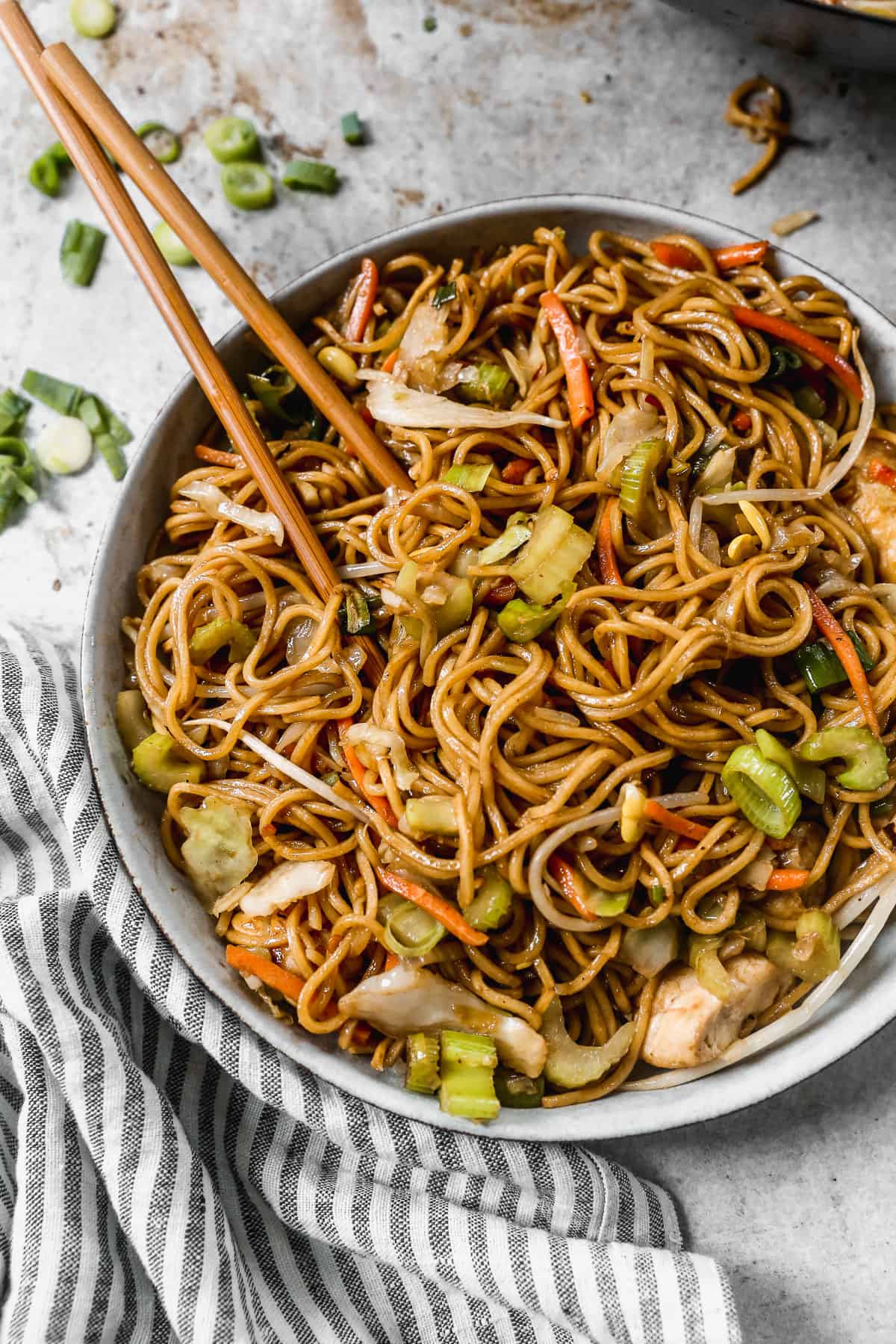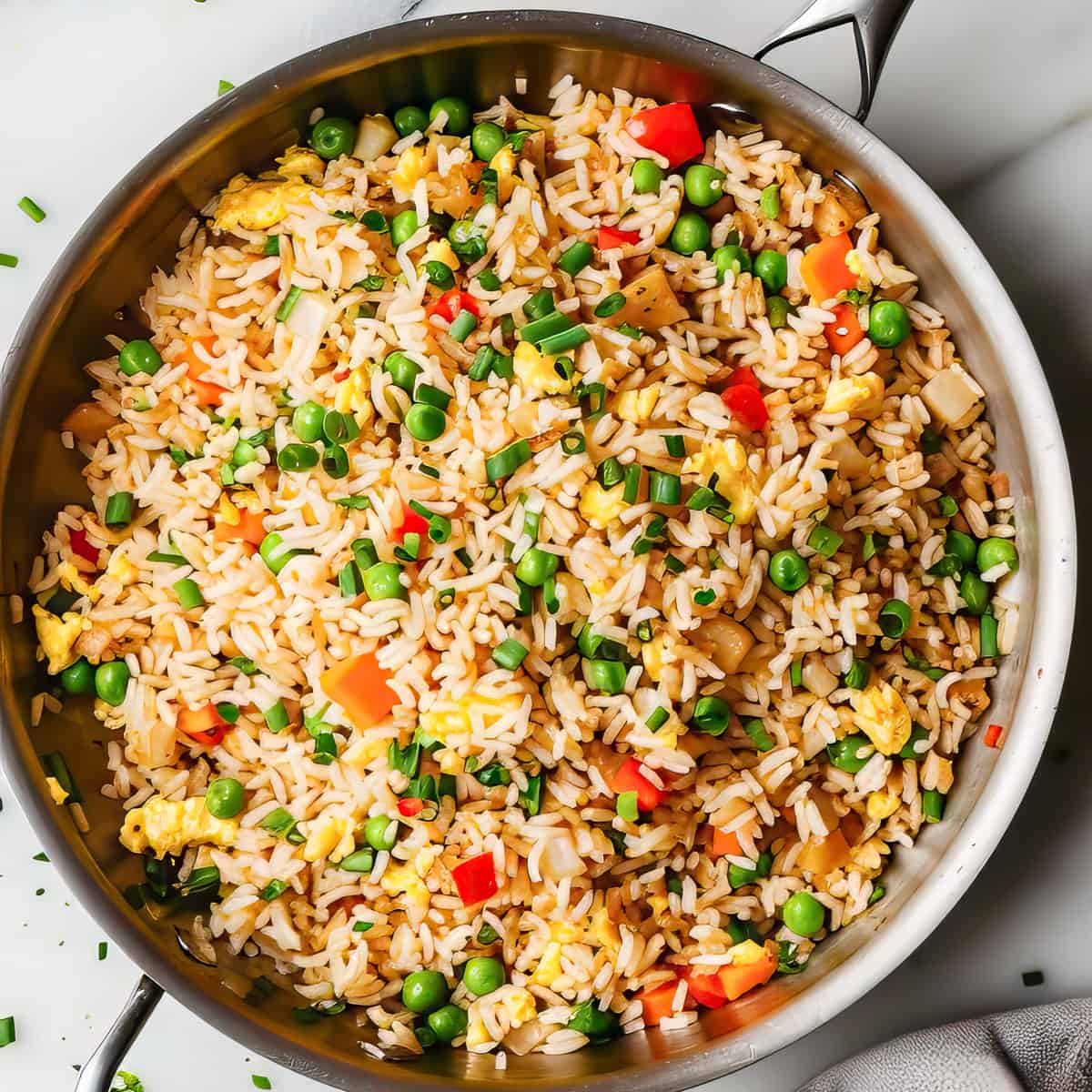
Introduction to Chow Mein
Chow Mein is a popular Chinese dish that features stir-fried noodles tossed with vegetables, meat, and a savory sauce. The name “Chow Mein” translates to “fried noodles,” and this dish is known for its delightful combination of textures and flavors. Whether you prefer it with chicken, beef, shrimp, or just vegetables, Chow Mein is a versatile and satisfying meal that’s perfect for any occasion. Making Chow Mein at home is easy, and this recipe will guide you through the process step by step.
Why You’ll Love This Recipe
This Chow Mein recipe is quick, flavorful, and uses simple ingredients that are easy to find. The combination of tender noodles, crisp vegetables, and a savory sauce makes it a crowd-pleaser. Plus, it’s highly customizable, so you can adjust the ingredients to suit your taste. Whether you’re cooking for a weeknight dinner or a special occasion, this dish is sure to impress.
Ingredients List
Here’s everything you’ll need to make Chow Mein at home:
For the Noodles:
- 8 ounces Chow Mein noodles (or substitute with egg noodles or spaghetti)
- 2 tablespoons vegetable oil
For the Protein:
- 1/2 pound chicken breast, beef, or shrimp (thinly sliced)
- 1 tablespoon soy sauce
- 1 teaspoon cornstarch
For the Vegetables:
- 1 bell pepper (thinly sliced)
- 1 cup shredded cabbage
- 1 carrot (julienned)
- 1/2 cup bean sprouts
- 2 green onions (cut into 1-inch pieces)
For the Sauce:
- 3 tablespoons soy sauce
- 1 tablespoon oyster sauce
- 1 tablespoon hoisin sauce
- 1 teaspoon sesame oil
- 1 teaspoon sugar
- 1/4 cup chicken or vegetable stock
For Garnish:
- Sesame seeds (optional)
- Chopped cilantro (optional)
Step-by-Step Recipe
Step 1: Prepare the Noodles
- Cook the Noodles: Boil the Chow Mein noodles according to the package instructions until al dente. Drain and rinse under cold water to prevent sticking.
- Toss with Oil: Drizzle 1 tablespoon of vegetable oil over the noodles and toss to coat. Set aside.
Step 2: Marinate the Protein
- Slice the Protein: Thinly slice the chicken, beef, or shrimp.
- Marinate: In a bowl, mix the protein with soy sauce and cornstarch. Let it marinate for 10-15 minutes.
Step 3: Prepare the Sauce
- Combine Ingredients: In a small bowl, mix soy sauce, oyster sauce, hoisin sauce, sesame oil, sugar, and stock. Set aside.
Step 4: Stir-Fry the Ingredients
- Heat Oil: Heat the remaining 1 tablespoon of vegetable oil in a wok or large skillet over high heat.
- Cook the Protein: Add the marinated protein and stir-fry until cooked through. Remove and set aside.
- Cook the Vegetables: In the same wok, add the bell pepper, cabbage, carrot, and bean sprouts. Stir-fry for 2-3 minutes until tender-crisp.
Step 5: Combine Everything
- Add Noodles and Protein: Return the cooked protein to the wok and add the noodles.
- Pour in the Sauce: Add the sauce and toss everything together until well-coated and heated through.
Step 6: Garnish and Serve
- Garnish: Sprinkle with sesame seeds and chopped cilantro if desired.
- Serve: Enjoy hot as a main dish or side.
Nutrition Facts
Here’s an approximate nutritional breakdown per serving (based on 4 servings):
- Calories: 400 kcal
- Protein: 20g
- Fat: 10g
- Carbohydrates: 50g
- Fiber: 4g
- Sugar: 5g
Health Benefits of Chow Mein
While Chow Mein is often considered a treat, it offers several health benefits when made with fresh ingredients:
- High-Quality Protein: Chicken, beef, or shrimp provide essential amino acids for muscle repair and growth.
- Rich in Vegetables: Bell peppers, cabbage, and carrots add fiber, vitamins, and minerals.
- Low in Calories: By using lean proteins and plenty of vegetables, Chow Mein can be a low-calorie meal.
- Customizable: You can control the sodium and fat content by choosing low-sodium sauces and lean proteins.
Ending Notes and Tips
- Use Fresh Ingredients: Fresh vegetables and high-quality protein will enhance the flavor of the dish.
- Don’t Overcook the Noodles: Cook the noodles until al dente to prevent them from becoming mushy.
- Make It Vegetarian: Substitute the meat with tofu or additional vegetables for a vegetarian version.
- Serve Immediately: Chow Mein is best enjoyed fresh, as the noodles may soften over time.
- Leftovers: Store leftovers in an airtight container in the fridge for up to 2 days. Reheat gently to maintain the texture.








